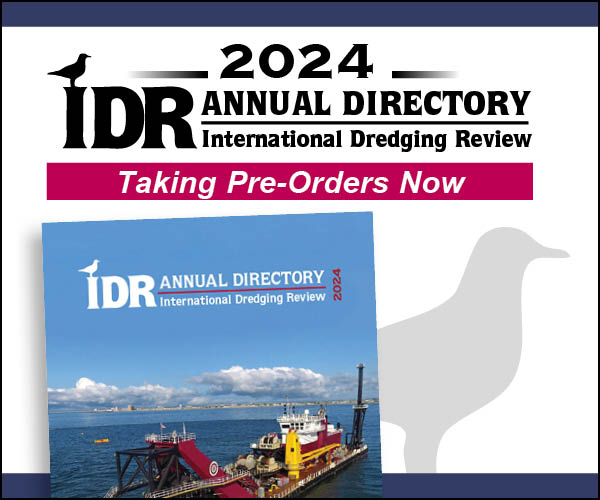Maryland Develops Mapping Tool to Identify Beneficial Use Areas for Dredged Sediment
The Maryland Department of Natural Resources has developed a new conservation tool to identify opportunities for the beneficial use of clean dredged sediments. Beneficial Use – Identifying Locations for Dredge (BUILD) is a mapping tool that will support the state’s Chesapeake Bay restoration efforts, protect infrastructure and investment, and enhance coastal resiliency.
The tool was inspired by the Ferry Point Park shoreline project in Queen Anne’s County, which was completed in 2013 through a partnership between the state and county. Ferry Point Park’s shoreline was restored using dredged material obtained from a nearby federal navigation channel. Combining these projects saved the department more than $1 million by reducing transportation costs. It also opened navigation, created habitat and preserved land. Ferry Point Park’s shoreline also provides protection from flooding and future storm events to millions of dollars of regional investment and infrastructure.
The project demonstrated that with a more coordinated approach to dredging and shoreline restoration during the planning phase of projects, enormous economic and ecological benefits can be realized across the state.
A first of its kind tool, BUILD will assist governmental and non-governmental entities to synchronize the use of dredged material from navigation channels with projects that reduce flooding and storm risk impacts. Planners and engineers can save on costs that would otherwise be incurred to transport dredged material to an upland placement site or to bring fill material to a restoration site.
BUILD provides access to various dredging and restoration datasets, including navigational channel depth surveys, potential restoration sites, upcoming navigational improvement projects and the state’s wetlands and waterways permit layer.



